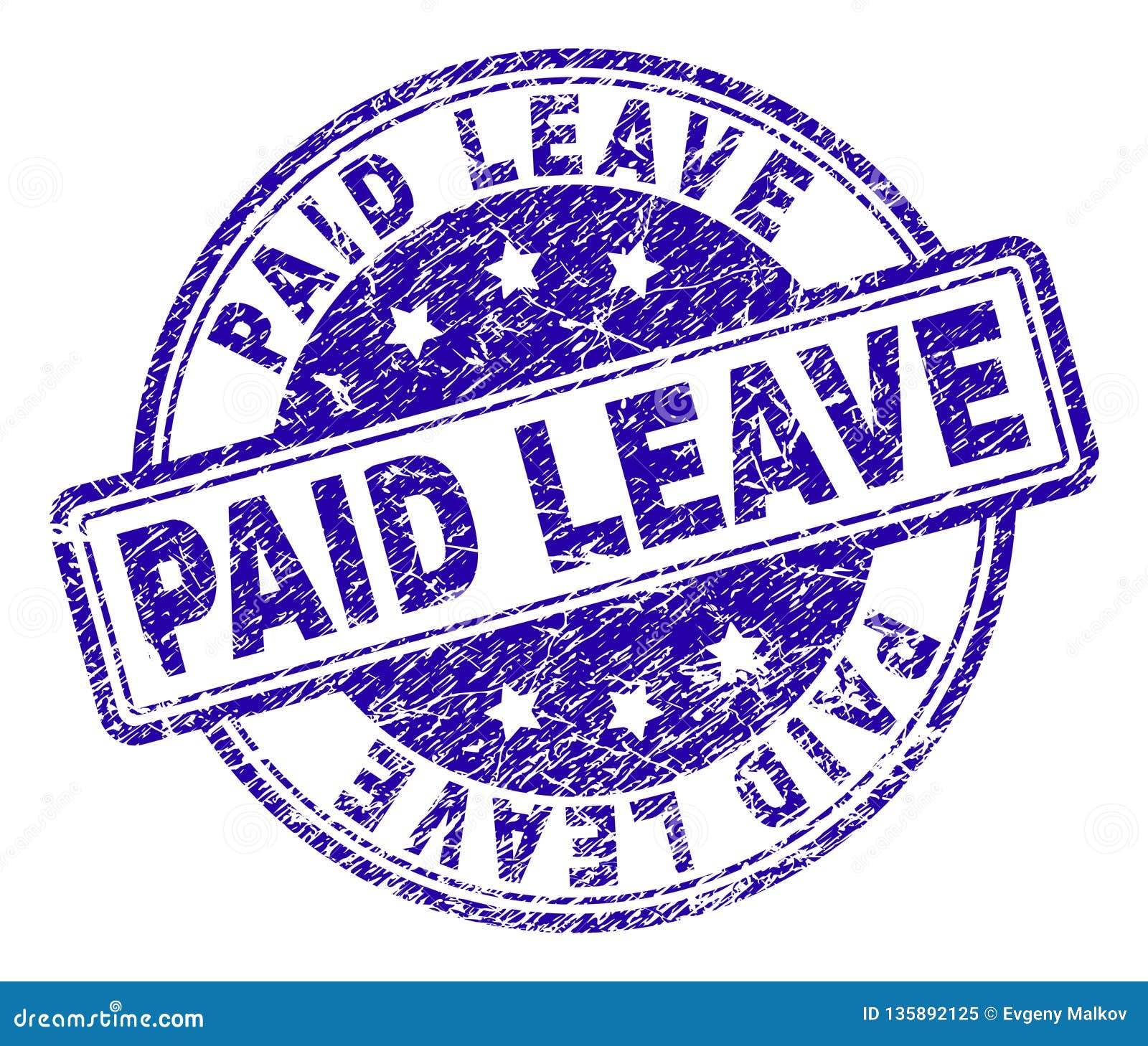
While SHRM called for voluntary paid-leave measures, it also examined the potential impact on employee wages of funding a national program. Possible Impact of a National Paid-Leave Mandate "This kind of administrative burden may be one reason why larger employers have standardized their paid-leave offerings." "Meeting compliance and reporting obligations takes a lot of time and resources, and it can be confusing for even the most knowledgeable individual," SHRM wrote. States often differ in the leave amount an employee may accrue and maintain, how much leave an employee must be allowed to carry over from year to year and how many hours of leave an employer must permit an employee to use in any year, Eastman observed. 14.įor example, California's paid-leave law sets the minimum requirements that must be met and employers operating in most of the state's major cities must navigate local ordinances' more expansive requirements, he noted. "These criteria are inconsistent with each other and with the federal Family and Medical Leave Act," SHRM noted.Ĭompliance is even more onerous when a state has a paid-leave law and a local jurisdiction within the state has a conflicting paid-leave law, according to Michael Eastman, senior vice president, policy and assistant general counsel for the Center for Workplace Compliance in Washington, D.C., who wrote separately from SHRM to the DOL on Sept. State paid-leave laws also have a variety of employee eligibility criteria. "The complexity of paid leave and HR benefits decisions-especially for those operating in states or countries with their own regulations-can be difficult for companies to navigate," SHRM added.

State and local governments have stepped in to fill what they perceive as a vacuum left by the absence of a federal paid-leave program, resulting in an inconsistent patchwork of leave laws applicable to multistate employers, SHRM wrote. "It is clear that once the pandemic has been contained, employers and policymakers must have a serious and thoughtful conversation about a modern, 21st century workplace-flexibility and paid-leave policy." While the Families First Coronavirus Response Act "provided temporary relief for some employers and workers, many uncertainties remain," SHRM wrote. State and local regulation of paid leave continues to make this a complex area for employers to navigate and administer.Employers that operated in one of the states that mandated paid leave as of the end of 2019 were significantly more likely to offer those same paid-leave benefits in other locations. State mandates have a ripple effect on employer offerings throughout the nation.Paid-leave offerings are expected to stay the same or increase over coming years.Other findings from the research include: By early 2020, mandated paid leave had spread elsewhere, such as Nevada, Washington and Washington, D.C., it added. As of the end of 2019, California, New Jersey, New York and Rhode Island required companies to offer paid-leave benefits to eligible employees or to participate in an equivalent partial-wage-replacement program, SHRM's letter noted. More states are mandating paid leave in 2020 than did in 2019. The cost of a comprehensive national paid-leave program could range between $21.5 billion and $43 billion annually, depending on the policy. Employers' most common reason for not offering paid-leave programs was cost.Offering paid leave tends to have strategic benefits, including the ability to attract talent (58 percent), retention (55 percent), employee health and wellness (61 percent), and employee engagement (60 percent).Over half of employers (55 percent) now offer paid maternity leave, 45 percent offer paid paternity leave and 35 percent provide paid extended family care leave.The letter presents research from SHRM and Oxford Economics showing that:
#PAID LEAVE UPDATE#
workplaces adapt and respond to the pandemic, employers have called on their HR departments to re-examine and update leave policies amid significant labor market turmoil," she said, "Congress should work toward a voluntary federal framework that gives employers the flexibility to offer a paid-leave program that meets the unique needs of both employees and the business interests of the organization." Dickens, SHRM corporate secretary, chief of staff and head of government affairs, shared SHRM research findings and wrote that SHRM encourages voluntarily offered paid leave. Department of Labor (DOL), which sought input on paid leave this summer, Emily M.


But coordinating leave with a host of state and local requirements remains a challenge. More employers are offering paid parental leave, including maternity leave, paternity leave and adoption leave, according to new Society for Human Resource Management (SHRM) research.


 0 kommentar(er)
0 kommentar(er)
